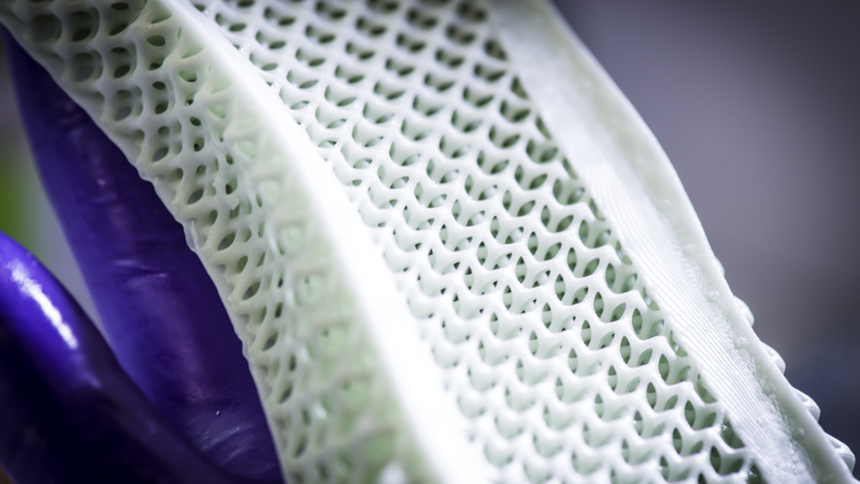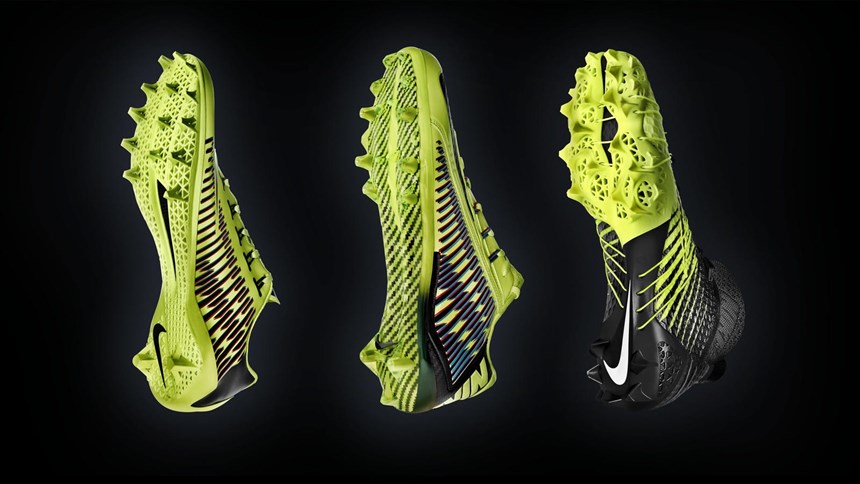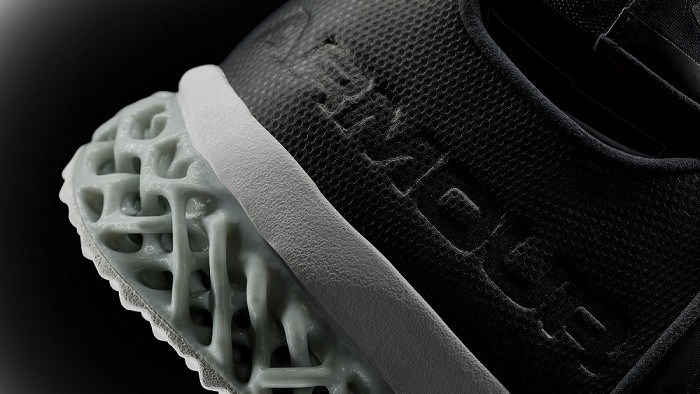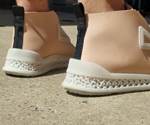3D-Printed Sneakers Gaining Traction
Under Armour, Adidas, Nike and New Balance are applying different additive manufacturing technologies and materials for customized kicks.
This article originally appeared on Plastics Technology magazine's website.
3D-printed footwear is quickly becoming more readily available, with several major sports brands exploring additive manufacturing for running shoes.
3D printing supplier EOS North America Inc. and Under Armour have formed a partnership to advance commercial 3D-printed shoes. The two organizations will jointly work to scale Under Armour's 3D footwear business through the development of advanced laser sintering technology, and leveraging EOS' expertise in industrialized 3D production.
Among the many aspects of the partnership, Under Armour will utilize EOS 3D technology for printing powder-based parts, and the two companies will work in concert on polymer powder development and on advanced laser sintering platform development. Under Armour will also collaborate with EOS' Additive Minds expert services to elevate its AM program. To highlight the partnership at Formnext, the two companies featured an Under Armour display showcasing UA ArchiTech Futurist footwear.
In 2017, Adidas announced it was partnering with Silicon Valley-based tech company Carbon to create Futurecraft 4D’s midsole, a 3D-printed sole. Digital Light Synthesis is a process pioneered by Carbon that uses digital light projection, oxygen-permeable optics and programmable liquid resins to generate high-performance, durable polymeric products. Futurecraft 4D is Adidas’s first application of the Digital Light Synthesis, and represents the brand’s step into athlete-data driven design and manufacturing. According to Carbon, its “unique programmable resin platform offers unparalleled performance with respect to material durability and elastomeric responsiveness.” Adidas plans to produce 100,000 pairs by end of 2018.
Nike is also exploring 3D-printed footwear. Footwear News reported in 2017 that Nike is beginning to use 3D printing to develop shoe prototypes, according to the French 3D printing company Prodways. The publication wrote:
Prodways’ 3D-printed outsoles, midsoles and insoles, which are made from thermoplastic polyurethane (TPU) material, are meant to decrease manufacturing time for the sneaker giant while also providing higher performance for wearers.
Although Nike has not announced plans to release 3D-printed shoes to consumers yet, its executives are praising the quality of Prodways’ material, as well as the speed of manufacturing the product.
Nike isn’t a stranger to 3D-printed shoes, although it’s been on a smaller scale for professional athletes. For instance, in 2014, the company released a 3D-printed cleat plate built for the shuttle drill. It also produced a 3D-printed shoe built for linear speed in the 40-yard-dash.
In 2016, New Balance released Zante Generate, a running shoe with a full-length 3D-printed midsole. Through an exclusive collaboration with 3D Systems, the company utilized the company’s laser sintering powder, DuraForm TPU Elastomer to make significant advancements in the performance of printed parts for running shoes. For the Zante Generate midsole, New Balanced used selective laser sintering (SLS). The first release wasn’t available for mass consumption; there were only 44 pairs total.
Related Content
-
ActivArmor Casts and Splints Are Shifting to Point-of-Care 3D Printing
ActivArmor offers individualized, 3D printed casts and splints for various diagnoses. The company is in the process of shifting to point-of-care printing and aims to promote positive healing outcomes and improved hygienics with customized support devices.
-
8 Ways the Plastics Industry Is Using 3D Printing
Plastics processors are finding applications for 3D printing around the plant and across the supply chain. Here are 8 examples.
-
8 Cool Parts From Formnext 2024: The Cool Parts Show #78
End-use parts found at Formnext this year address various aspects of additive's advance, notably AM winning on cost against established processes.




















